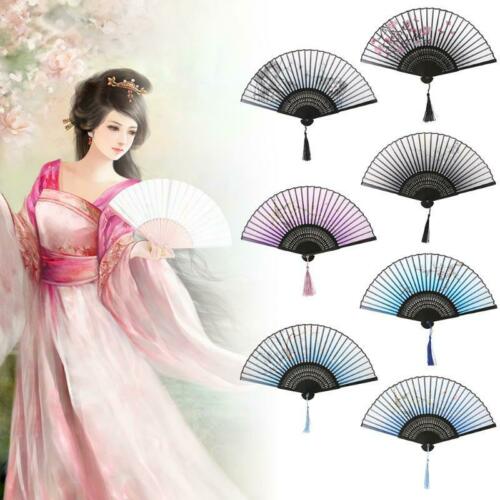-40%
ANTIQUE MOTHER OF PEARL AND PAPER HAND PAINTED HAND FAN Duvelleroy
$ 263.47
- Description
- Size Guide
Description
VERY OLD AND DELICIOUS MOTHER OF PEARL AND HAND PAINTED PAPER HAND FAN -(N D180)
Distinction, elegance, feminine coquetry... a unique gift for a queen.
This hand fan is made in
exquisite and important
mother of pearl and hand painted paper.
All of us healthy rods. Its beautiful outer rod.
Paper hand painted. See all paper with atention.
Restoring this quality piece should not be difficult, you have to stick the open paper on the second paper.
Please see the photos, they will tell you more than any description.
Measures aprox 27 cm or 10.62 inches x 51 cm or 20.07 inches.
Measures aprox. box: 30 x 4 x 4 cm
DO NOT SHIP TO CHINA, DO NOT INSIST
.
FREE SHIPPING WITH DHL
Duvelleroy:
History
Founded in Paris, 1827
[
edit
]
For centuries,
Paris
had been the capital of
haute couture
, high-class jewellery, and fan-making,
[
citation needed
]
but in 1827 the city possessed no more than fifteen fan-makers.
[1]
Yet it was at that precise moment that Jean-Pierre Duvelleroy chose to establish his own fan house in Paris. At 25 years old, he was convinced that this small accessory, which had gone out of fashion after the
French Revolution
, might become fashionable once again. The demand for fans in
South America
, which was at the time the primary export market for French fan makers, helped him to start his business.
A ball at the Tuileries, or how fans came back into fashion
[
edit
]
Two years later, a special event was to bring him luck: a ball given by the Duchess of Berry at the
Tuileries Palace
in March 1829. For the
quadrille
the women sported fans. A single dance did it all: once again, fans were back.
[1]
Duvelleroy Boutique. 19th century
A prestigious address, 15 rue de la Paix
[
edit
]
The house opened a boutique at 15, rue de la Paix, while its ateliers were established at 17, passage des Panoramas in Paris.
[2]
Duvelleroy had chosen the Place Vendome neighbourhood at the right moment: it was undergoing major changes and would soon become the centre of luxury wares and high-class jewellery.
Design and production: a pioneer’s work
[
edit
]
To produce fan sticks and guards from precious wood, horn, mother of pearl, ivory or tortoise shell, Jean-Pierre Duvelleroy recruited the best stick makers (or ‘tabletiers’), who were traditionally based in the Oise region of France. For the leaves of his fans, he collaborated with the most sought-after engravers and painters, sometimes working with artists such as
Ingres
or
Delacroix
for exceptional pieces.
[3]
Duvelleroy and the Great Exhibitions: time for recognition
[
edit
]
During twenty years, the founder of the House of Duvelleroy contributed to many fan related innovations and patents, never sparing his efforts to obtain recognition for the profession. In 1851, willing to defend his vision of the craft, he wrote a letter to Nathalis Rondot, who recorded the fan section at the 1851
Great Exhibition
in London. That same year, Duvelleroy was awarded the prize medal at
The Crystal Palace
. From then on, the house would receive many gold medals for its craftsmanship. The Duvelleroys father and son would each be President of the Syndicate of Fan makers. On this account, both received the Légion d’Honneur, the Greatest Order of Merit for in France.
Duvelleroy by Gendrot, 1905.
Duvelleroy, fan maker to the queens
[
edit
]
After the production of a fan representing the Royal Family of England, based on a painting by
Winterhalter
, Duvelleroy was appointed supplier to
Queen Victoria
, and opened a boutique in London. Soon enough, Duvelleroy fans were sold in all major courts of Europe. In 1853, Duvelleroy realized a fan for the wedding of
Eugénie de Montijo
to Emperor Napoleon III. Later, the house would be nominated exclusive supplier of the City of Paris. As such, the House of Duvelleroy realized the fans given to the wives of foreign sovereigns and dignitaries coming to Paris for official visits, such as the Empress of Russia, the Queen of Sweden, the Queen of Denmark and the Queen of Bulgaria.
[4]
Little by little, couture fans became it-fans: the leaves of such fans were made of tulle, silk gauze, lace or organza and embroidered with sequins; new shapes were born, and feathers worked into marquetry created new motives.
as a job, pf pique




















